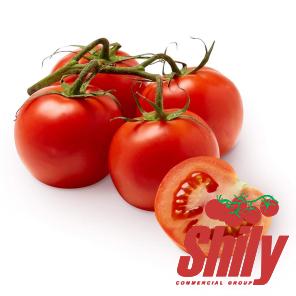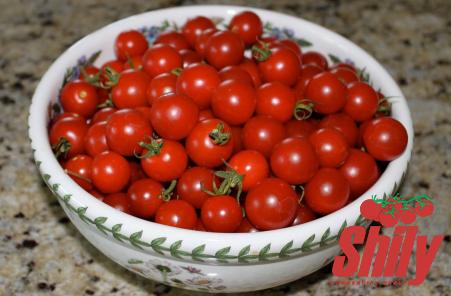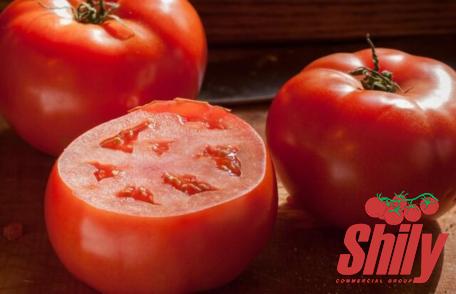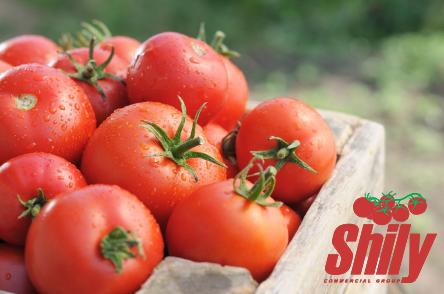In the world of culinary delights, tomato paste stands out as a vital ingredient that adds depth, flavor, and richness to countless dishes. Whether you are a seasoned chef or a novice home cook, understanding the nuances of tomato paste can elevate your cooking to new heights. In this comprehensive guide, we will delve into the origins, production, uses, and nutritional benefits of tomato paste, shedding light on why this humble pantry staple is a must-have in every kitchen. **What is Tomato Paste?** Tomato paste is a concentrated form of tomatoes that has been cooked down to remove excess moisture, resulting in a thick, rich paste.

.
 It is made by straining out the seeds and skin of ripe tomatoes, then cooking the pulp until it reduces into a concentrated form. The paste is then further processed to extend its shelf life through canning or packaging in tubes. **The Origins of Tomato Paste** Tomatoes are believed to have originated in South America, particularly in the region that is now modern-day Peru. They were brought to Europe by Spanish explorers in the 16th century and quickly spread throughout the continent. It wasn’t until the 19th century that tomato paste as we know it today gained popularity, as a way to preserve the abundant tomato harvest for use throughout the year. **Production Process of Tomato Paste** The production of tomato paste involves several key steps to ensure its quality and longevity. First, ripe tomatoes are harvested and sorted to remove any damaged or overripe fruits.
It is made by straining out the seeds and skin of ripe tomatoes, then cooking the pulp until it reduces into a concentrated form. The paste is then further processed to extend its shelf life through canning or packaging in tubes. **The Origins of Tomato Paste** Tomatoes are believed to have originated in South America, particularly in the region that is now modern-day Peru. They were brought to Europe by Spanish explorers in the 16th century and quickly spread throughout the continent. It wasn’t until the 19th century that tomato paste as we know it today gained popularity, as a way to preserve the abundant tomato harvest for use throughout the year. **Production Process of Tomato Paste** The production of tomato paste involves several key steps to ensure its quality and longevity. First, ripe tomatoes are harvested and sorted to remove any damaged or overripe fruits.
..
 The tomatoes are then washed and crushed to extract the pulp, which is passed through a sieve to remove seeds and skin. Next, the tomato pulp is cooked at a low temperature to evaporate the excess moisture and concentrate the flavors. This process can take several hours, depending on the desired thickness of the paste. Once the paste reaches the desired consistency, it is packaged in cans or tubes and heat-treated to ensure its safety for consumption. **Uses of Tomato Paste in Cooking** Tomato paste is a versatile ingredient that finds its way into a wide range of dishes across various cuisines. Its rich, umami flavor adds depth and complexity to sauces, soups, stews, and braises. It is frequently used as a base for pasta sauces, such as marinara and bolognese, as well as in traditional dishes like chili con carne and ratatouille. In addition to savory dishes, tomato paste can also be used in baking to add color and depth to bread, pizza dough, and meat rubs. Its concentrated flavor means that a little goes a long way, making it a cost-effective way to boost the taste of your favorite dishes.
The tomatoes are then washed and crushed to extract the pulp, which is passed through a sieve to remove seeds and skin. Next, the tomato pulp is cooked at a low temperature to evaporate the excess moisture and concentrate the flavors. This process can take several hours, depending on the desired thickness of the paste. Once the paste reaches the desired consistency, it is packaged in cans or tubes and heat-treated to ensure its safety for consumption. **Uses of Tomato Paste in Cooking** Tomato paste is a versatile ingredient that finds its way into a wide range of dishes across various cuisines. Its rich, umami flavor adds depth and complexity to sauces, soups, stews, and braises. It is frequently used as a base for pasta sauces, such as marinara and bolognese, as well as in traditional dishes like chili con carne and ratatouille. In addition to savory dishes, tomato paste can also be used in baking to add color and depth to bread, pizza dough, and meat rubs. Its concentrated flavor means that a little goes a long way, making it a cost-effective way to boost the taste of your favorite dishes.
…
 **Nutritional Benefits of Tomato Paste** Tomato paste is not only a flavorful addition to your cooking but also a nutritious one. Tomatoes are rich in vitamins, minerals, and antioxidants that have been linked to numerous health benefits. They are particularly high in vitamin C, potassium, and lycopene, a powerful antioxidant that has been shown to reduce the risk of certain types of cancer. One of the key advantages of tomato paste is its concentrated form, which means that you are getting a potent dose of nutrients in a small serving. Additionally, the cooking process used to make tomato paste actually increases the bioavailability of some nutrients, making them easier for your body to absorb. **Tips for Buying and Storing Tomato Paste** When buying tomato paste, it is important to look for products that contain only tomatoes and possibly a small amount of salt as ingredients. Avoid products that contain added sugar, preservatives, or artificial colors. Tomato paste is available in both cans and tubes, with tubes often being more convenient for measuring out small amounts. Once opened, store tomato paste in the refrigerator to prolong its shelf life. If using canned tomato paste, transfer any unused portion to an airtight container before refrigerating. Tomato paste can also be frozen for longer storage, either in its original packaging or divided into smaller portions for easy use.
**Nutritional Benefits of Tomato Paste** Tomato paste is not only a flavorful addition to your cooking but also a nutritious one. Tomatoes are rich in vitamins, minerals, and antioxidants that have been linked to numerous health benefits. They are particularly high in vitamin C, potassium, and lycopene, a powerful antioxidant that has been shown to reduce the risk of certain types of cancer. One of the key advantages of tomato paste is its concentrated form, which means that you are getting a potent dose of nutrients in a small serving. Additionally, the cooking process used to make tomato paste actually increases the bioavailability of some nutrients, making them easier for your body to absorb. **Tips for Buying and Storing Tomato Paste** When buying tomato paste, it is important to look for products that contain only tomatoes and possibly a small amount of salt as ingredients. Avoid products that contain added sugar, preservatives, or artificial colors. Tomato paste is available in both cans and tubes, with tubes often being more convenient for measuring out small amounts. Once opened, store tomato paste in the refrigerator to prolong its shelf life. If using canned tomato paste, transfer any unused portion to an airtight container before refrigerating. Tomato paste can also be frozen for longer storage, either in its original packaging or divided into smaller portions for easy use.










Your comment submitted.